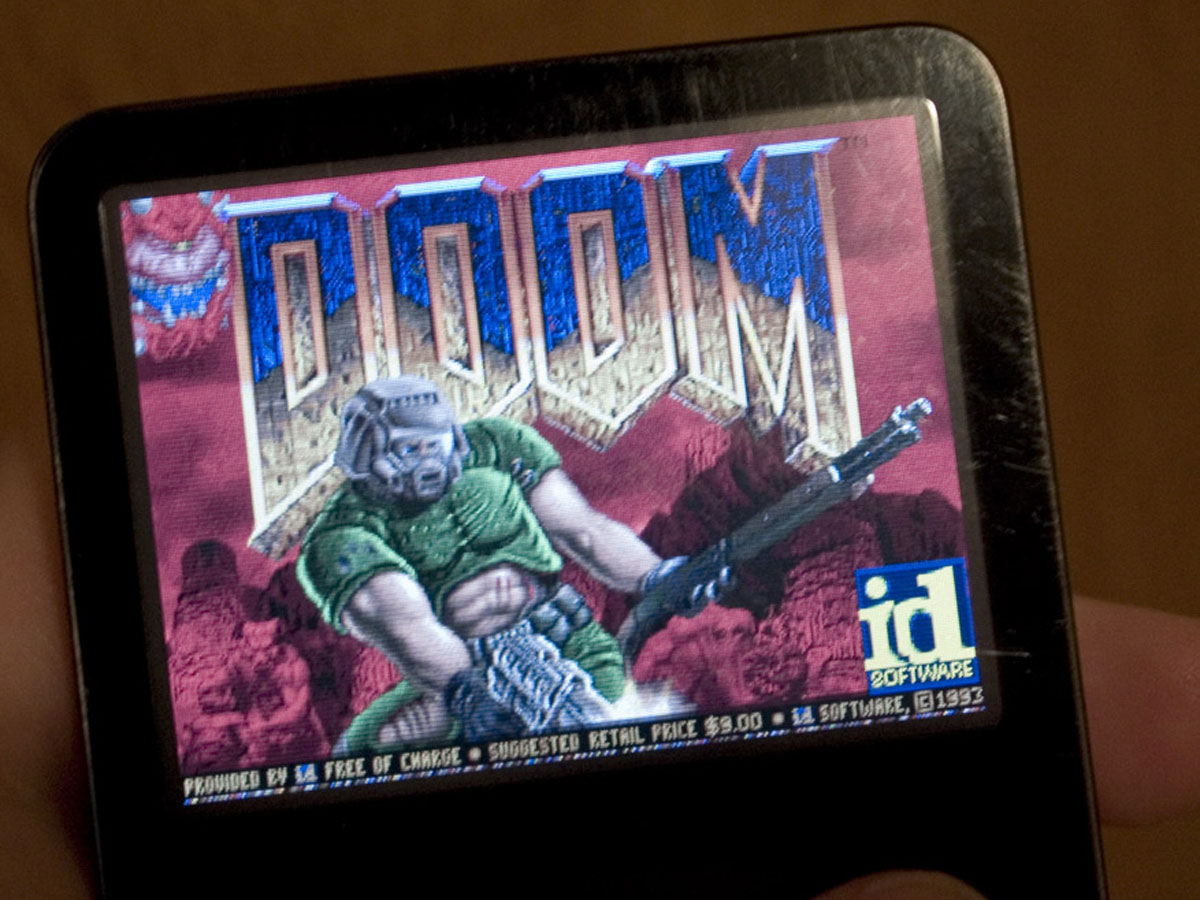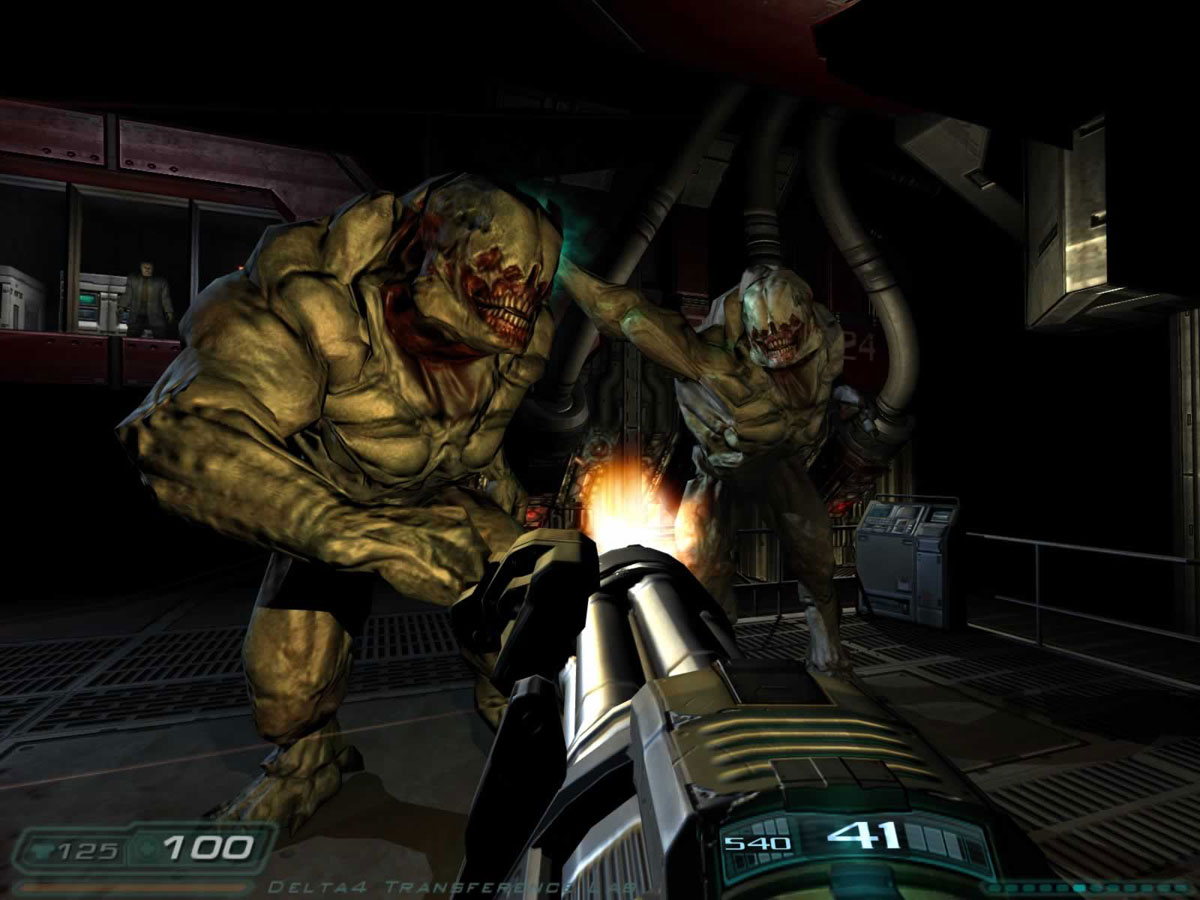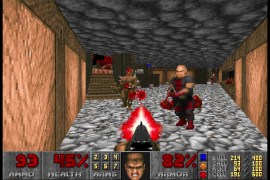Doom’s legacy: 20 years of brutal FPS action
We look at how the blood-drenched first-person shooter, today celebrating its 20th birthday, changed the world

Prepare to feel old: Doom was released 20 years ago today.
The iconic game hit the PC on 10th December 1993, when the first public version was uploaded to an American university server for ‘shareware’ distribution (more on that below). And to say it was revolutionary is something of an understatement: Doom changed the world of gaming.
Attack of the clones
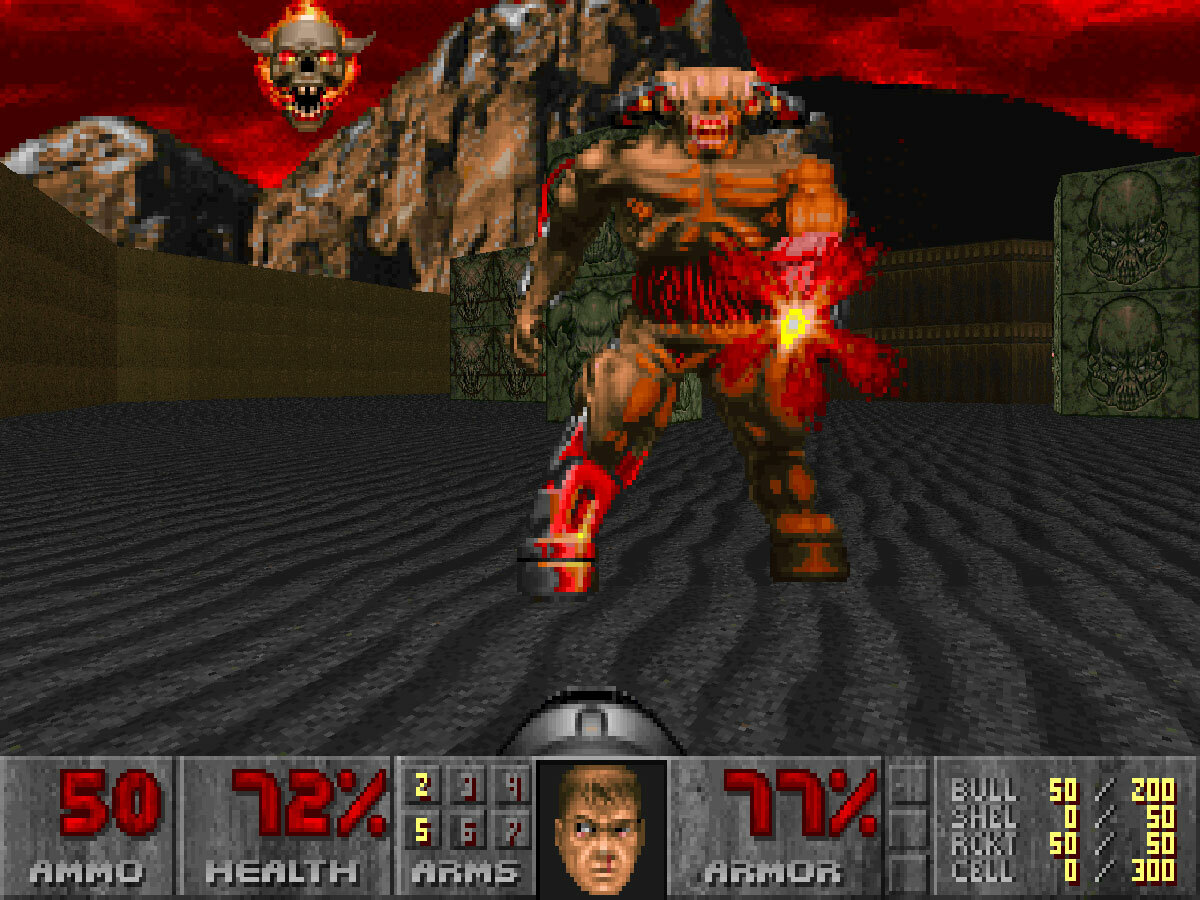
While it wasn’t the world’s first first-person shooter (you could arguably go back to 1980’s Battle Zone for that), it succeeded in popularising the genre – in fact, for several years afterwards, games that features a similar viewpoint and style were commonly referred to as ‘Doom clones’ rather than first-person shooters.
There were numerous factors that cemented Doom’s popularity: it had excellent graphics for the period; huge, open levels rather than pokey corridors; a reasonably coherent plot-line; and a staggering amount of blood, guns, violence and both sci-fi and Satanic imagery. It was action-packed and genuinely frightening at points (more for the sheer amount of enemies you faced than the atmosphere – its scariness has diminished over the years). We hadn’t seen anything quite like it.
Part of the game’s impact was down to its technical innovations – unlike its immediate predecessor, Wolfenstein 3D, Doom maps featured non-perpendicular, texture-mapped walls, multiple heights and, crucially, variable light levels. iD seized on the opportunity to hide enemies in darkened corners, snuffling and shuffling away just out of sight, to make you feel like you were starring in your very own horror film. The plot may have been simplistic – it’s basically a retread of Aliens, with demons instead of xenomorphs – but it allowed for a memorably gruesome collection of enemies, from imps to cacodemons to the massive Spider Demon.
Doom’s multiplayer mode also proved revolutionary, popularising the term ‘deathmatch’ and ensuring that office LANs were useful for something other than sharing spreadsheets. Indeed, you could even play a two-player deathmatch over a phone line, as long as you had a modem.
WAD a palaver
By keeping level and graphics data in a separate folder called WAD ("Where’s All the Data?") John Carmack had specifically designed Doom to be easily modded by users. And mod it they did: the game was the first to foster a large modding community, as people created first-person games using their own WADs and the Doom engine. Fan-made Doom mods brought characters from Ghostbusters, Aliens, Star Wars, The X-Files and Batman into their own first-person games, and there were plenty of totally original WADs around too – just take a look at the bonkers Sky May Be for a prime example.
Sharing is caring
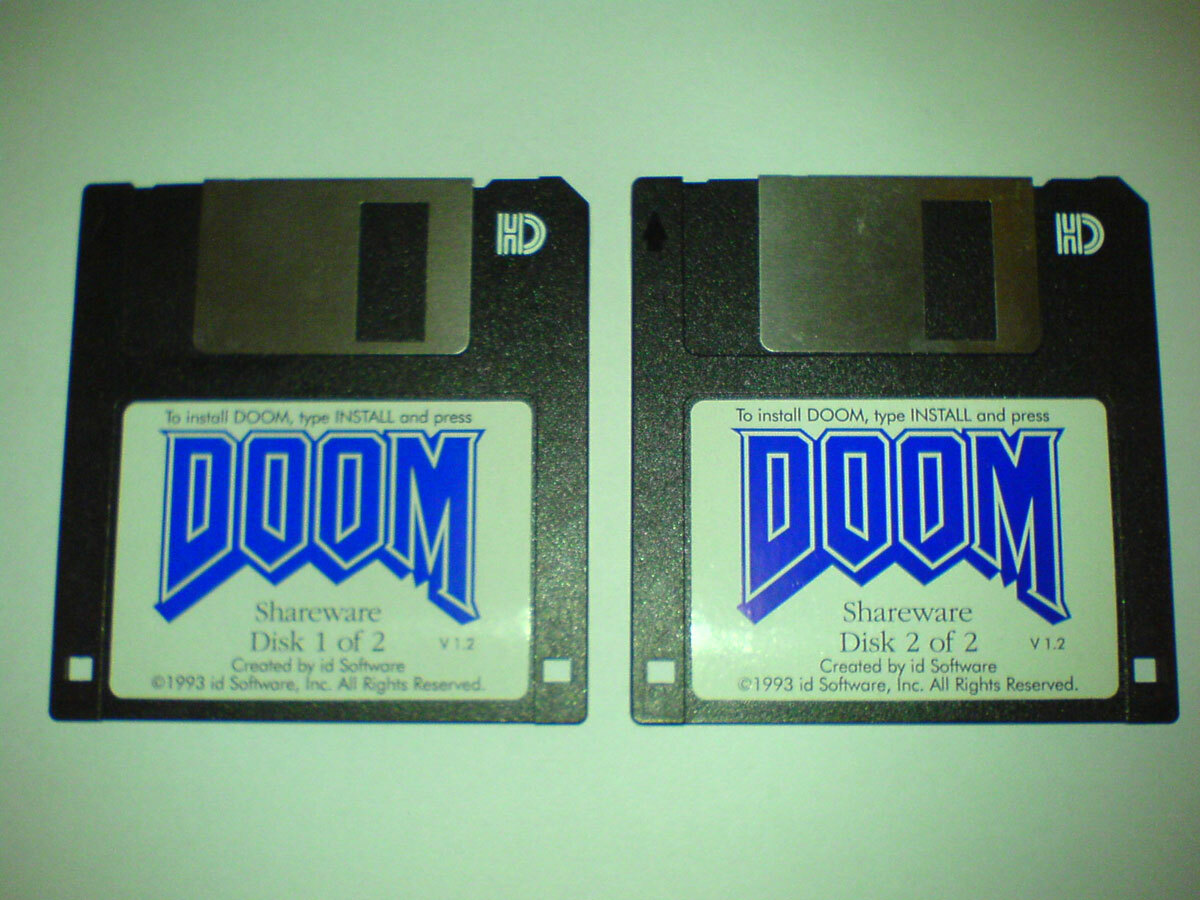
Developer iD Software decided to distribute Doom – or at least a substantial portion of it – via shareware. In other words, the first chapter (around a third of the entire game) was made available for free distribution – the idea being that people, once they’d experienced Doom for themselves, would be willing to part with cold hard cash for the remaining two chapters.
I personally remember being given the game by a schoolfriend on a pair of 3.5in floppy disks (each capable of storing a whopping 1.4MB of data), only to find I couldn’t install it on my parents’ computer. Cue a trip to a family friend’s house under false “I need to write an essay using your PC’s word processor” pretences…
In many ways, shareware gaming was the precursor to today’s ‘free to play’ titles, which tempt you in with their lack of price tag then entice you to spend money on ‘premium features’.
Image credit: Pelle Wessman
We’re all doomed
iD released several versions of the original Doom, and it spawned two sequels (one using the same engine, one several years later and with a more survival horror feel to it) and even a movie starring The Rock. But with other FPS games grabbing the torch, it seems like the franchise may be permanently retired: iD’s plans for a fourth game were recently scrapped, and both John Romero and John Carmack, the two developers most closely identified with Doom, have now left the company.
But next time you’re playing Call of Duty or Battlefield, spare a thought for a game that they would not exist without – a simple game where a space marine shot hundreds of pinky demons in the face, then punched a few dozen more to death. Happy birthday Doom, and thanks for all the blood-drenched memories.
iPod image credit: Scott Kellum

